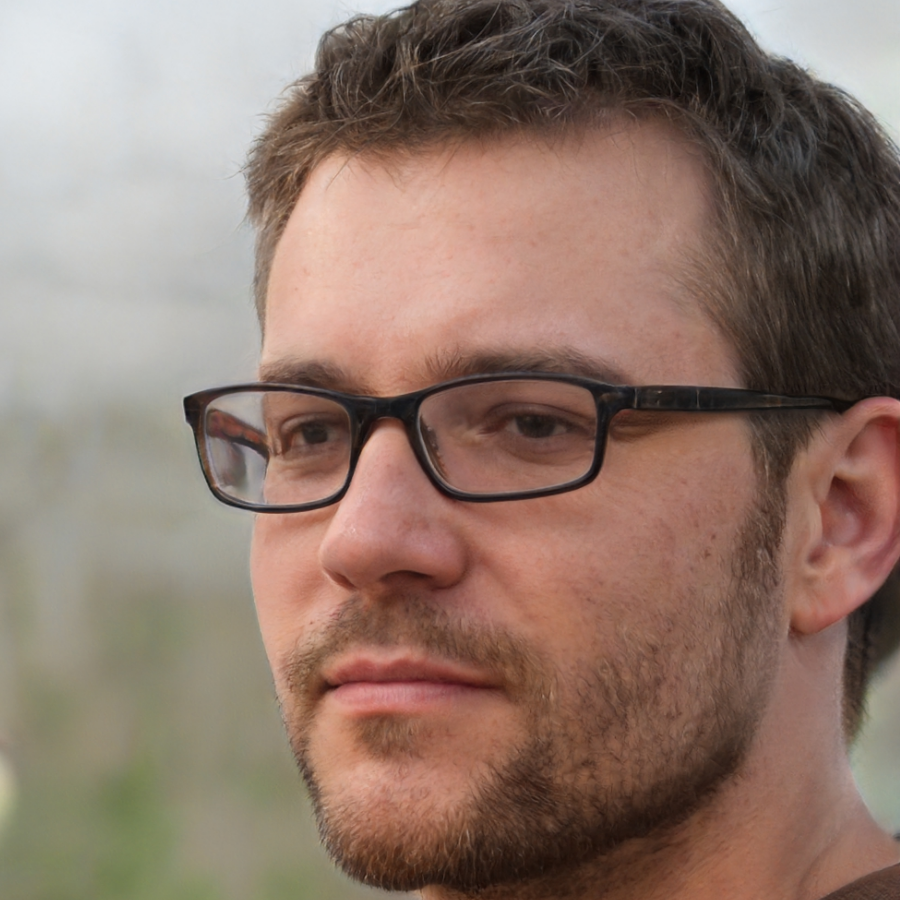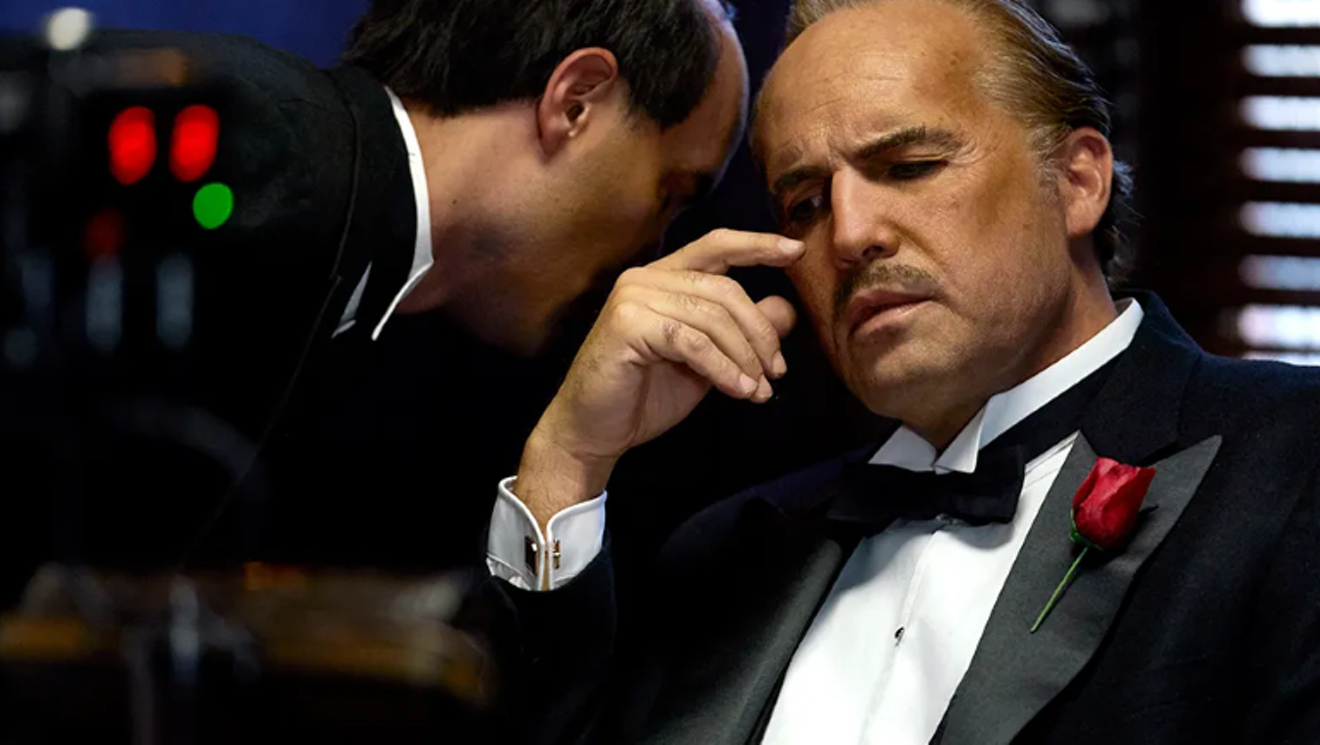Review: Waltzing With Brando | Houston Press

When you discuss biopics and some of the great performances in recent years, many people immediately go to some of the huge Academy Award winners, such as Jamie Foxx’s portrayal of Ray Charles in 2004’s Ray, Rami Malek as Freddie Mercury in 2018’s Bohemian Rhapsody, Denzel Washington as Malcolm X in 1992, Daniel Day-Lewis as Abraham Lincoln in 2012’s Lincoln, Austin Butler as Elvis in 2022, and Joaquin Phoenix taking on Johnny Cash in 2003’s Walk the Line. These are towering portrayals, benchmarks that define the genre.
But the genre is also filled with attempts that haven’t landed as strongly. Think Ashton Kutcher in Jobs, or Machine Gun Kelly in The Dirt. The bar is high because audiences know the real people so well, and any misstep instantly stands out.
That’s what makes Waltzing with Brando such an interesting swing. Rather than telling the sweeping story of Marlon Brando from childhood to his final days, the film zeroes in on a lesser-explored window: 1969 to 1974. This was the period leading up to The Godfather, Last Tango in Paris and eventually Superman. Directed by Bill Fishman and based on Bernard Judge’s memoir, the film pairs Brando (Billy Zane) with Judge (John Heder), as the two set out to create Brando’s eco-conscious island retreat in Tahiti. By narrowing its focus, the film avoids the common trap of trying to do “everything” and instead finds truth in the details of a few key years.
Billy Zane’s performance is what elevates the film. He doesn’t fall into the trap of doing a Brando impression, playing to caricature or the clichés we all know. Instead, Zane channels the essence of Brando—his contradictions, humor, warmth, and playfulness—while still grounding him as the iconic figure he was. Zane explained that he resisted the temptation to merely mimic:
“That was the objective really. There’s lots of people who do great impressions of him and that was the last thing I really wanted to do, and it just seemed more organic to connect with the similarities we shared as an on-ramp. In terms of process, I don’t really think he was that much of a method actor. I think he really liked improvisation, and he liked being blindsided and kept off balance—and certainly not knowing his lines—which I can relate to in some ways… It was such an important undertaking that I had to resist the reverence and the otherness of simply worshiping at the Temple of Brando, as every actor does. I had to just do away with all that and just be the guy in flow the way he does.”
That perspective comes through in the final product. There’s a comfort to his presence, as if you’re not watching someone “act” as Brando but spending time with the legend himself. It makes the movie feel part narrative, part documentary, all because of the ease and confidence Zane brings to the role. Simply put, he elevates every scene he’s in, and his portrayal feels less like imitation and more like invocation.
John Heder is equally surprising, delivering his strongest work since Napoleon Dynamite and Blades of Glory. As Judge, he balances comedic charm with dramatic weight, especially in moments when Brando pushes him to his limits. Their rapport drives the film, particularly when a prank sequence involving island superstition involves Bernard telling a tale of a ghost who walks (shout out to fellow fans of The Phantom) and haunts the island of Tahiti. For Heder, grounding the humor in truth was essential:
“Almost every scene and every moment is taken straight from the book and that Bernard said it happened and that really was real. He loved to prank and he wanted to get him back… but in real life, I think Brando legitimately was scared and freaked out. In the movie we turned it around pretty quickly. He pranks him back. But in real life, I think he was pretty shook by that experience.”
That kind of detail reinforces the authenticity of the film, blurring the line between biography and memory, and it helps Heder deliver one of the more layered supporting performances of his career.
The supporting cast, including a brief but memorable turn from Tia Carrere, adds texture. Carrere, who once worked with Brando himself, vividly remembers the unpredictability of sharing space with Brando, even late in his career:
“Oh, certainly. I mean, this was towards his later years and so he was very large and unhealthy at that point, which was sad. But I came on set, and we’re supposed to do a one-page scene. I’m just an insurance adjuster trying to give him his check, but he didn’t give me the paperwork that he was supposed to give me. And so we had this whole conversation, like he goes, ‘Are you an island girl? You look like an exotic. Are you from Tahiti?’ … We had this whole meandering, I don’t know, 15-minute scene… He actually snatches the check out of my hand and he sticks it in his shirt. He goes, ‘Now I have it. How are you going to get it back?’”
Her memory not only humanizes Brando but also underscores how much he thrived on spontaneity, creating moments of magic that couldn’t be scripted. That spirit lingers in the movie, giving Carrere’s brief role a weight beyond its screen time.
And visually, the film is a celebration of Tahiti, echoing Brando’s words in the film: “To see this island is to kiss God’s lips.” The lush cinematography and pacing remind you of Brando’s deep environmental passion, which was ahead of its time and feels newly urgent today.
More than anything, Waltzing with Brando reframes a cultural icon. It shows Brando not just as a brooding genius but as a man in love with people, ideas, and nature. For Zane, it may be the role of his career—one that lingers with you long after the credits roll. And while you might still tango in Paris, this film proves it’s a joy to waltz with Brando.
Walzing With Brando is in Houston movie theaters now.

Reign Bowers is an outdoor enthusiast, adventure seeker, and storyteller passionate about exploring nature’s wonders. As the creator of SuperheroineLinks.com, Reign shares inspiring stories, practical tips, and expert insights to empower others—especially women—to embrace the great outdoors with confidence.




Post Comment